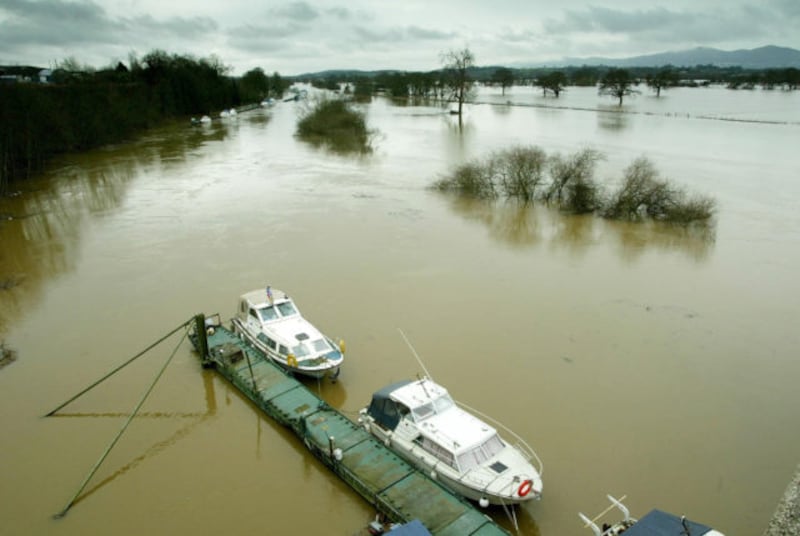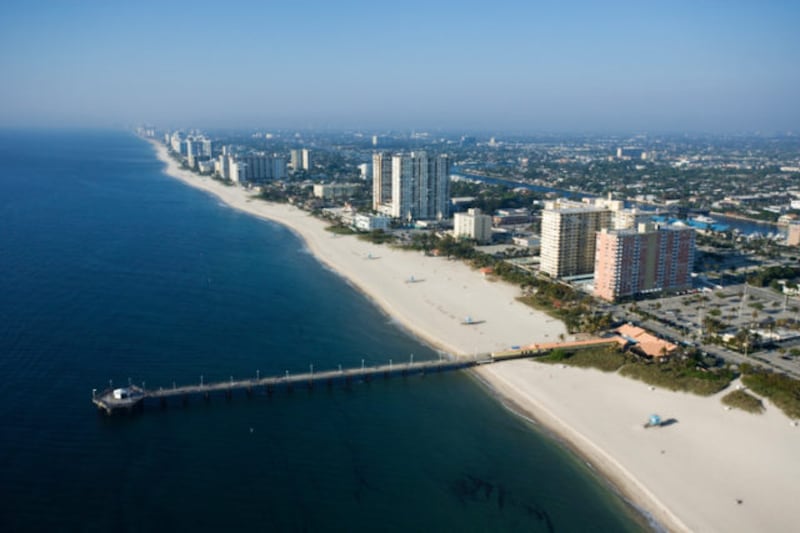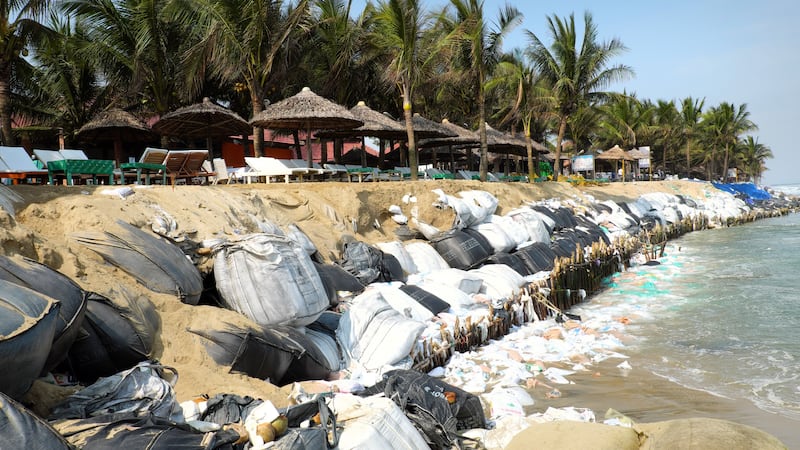By the year 2100, two billion people could be refugees due to climate change, according to a new study.
Rising sea levels will cause mass displacement for people who live on coastlines, Cornell University Research said, resulting in one-fifth of the world’s predicted population being forced to move.
“We’re going to have more people on less land and sooner than we think,” Charles Geisler, lead author and professor emeritus of development sociology at Cornell, said. “The future rise in global mean sea level probably won’t be gradual.”

To arrive at the two billion figure Geisler extrapolated data from a 2015 study that suggested there could be 1.4 billion climate refugees by 2060, also drawing from almost a dozen other studies with co-author and University of Kentucky climate researcher Ben Currens to create the model.
The UN expects the earth’s population to hit 11 billion by 2100, and Geisler admits his study looks at a worst-case scenario for life at the beginning of the next century.
He said: “The colliding forces of human fertility, submerging coastal zones, residential retreat, and impediments to inland resettlement is a huge problem.
“We offer preliminary estimates of the lands unlikely to support new waves of climate refugees due to the residues of war, exhausted natural resources, declining net primary productivity, desertification, urban sprawl, land concentration, ‘paving the planet’ with roads and greenhouse gas storage zones offsetting permafrost melt.”

The paper, which will be published in the July issue of the journal Land Use Policy, points to Florida and China as places doing better than most to provide potential solutions.
Geisler said Florida’s local officials have planned for a coastal exodus, co-ordinating coastal and interior land-use policies in anticipation of a climate change-driven population shift.
The paper warns that the rising population will require more arable land but, if climate refugees flock to cities, those places may lose land once used to farm food.
“The pressure is on us to contain greenhouse gas emissions at present levels. It’s the best ‘future proofing’ against climate change, sea level rise and the catastrophic consequences likely to play out on coasts, as well as inland in the future,” Geisler concluded.








